Interview with Jenny Jaeckel, author of 'For the Love of Meat'
Jenny
Jaeckel grew up in Berkeley and Ukiah of Northern California, has lived in Mexico,
Spain and
currently lives in British Columbia
with her husband and daughter.
She holds a Bachelor of Arts in Creative Writing from The Evergreen State College, a Master of Arts in Hispanic Literatures from the University of Massachusetts at Amherst. She is a certified interpreter and translator, and has taught Spanish at three universities. She is the author and illustrator of three graphic memoirs. For the Love of Meat is her first book of fiction.
She holds a Bachelor of Arts in Creative Writing from The Evergreen State College, a Master of Arts in Hispanic Literatures from the University of Massachusetts at Amherst. She is a certified interpreter and translator, and has taught Spanish at three universities. She is the author and illustrator of three graphic memoirs. For the Love of Meat is her first book of fiction.
WEBSITE | TWITTER | FACEBOOK | GOODREADS
Q: Welcome to The
Writer's Life! Now that your book has been published, we’d love to find out
more about the process. Can we begin by having you take us at the beginning?
Where did you come up with the idea to write your book?
I had an
interesting experience just prior to writing the stories in For the Love of
Meat, in that before I had an actual idea I felt a kind of welling-up of
energy. This may sound a little out there, but it is the way I sometimes
experience events in my life, there’s an energy first, and then the event or
idea emerges. As the energy began to take shape, I found myself imagining a set
of interrelated stories that would play with some of the same themes, and have
characters that were related by happenstance or as distant relatives. As a set
of nine stories, For the Love of Meat is a sprinkling around the globe
(seven different countries) and through time (through three centuries). The
Mediterranean sea
emerged as a theme, as did magic, absurdity, pivotal moments,
and humor. When writing I created a whole backstory that linked the characters
across the stories, but this theme never floated to the top, in such a way that
would be known to the reader, although here and there, there are some clues. If
you read closely you will find a Mexican priest (a character only mentioned in
passing) from the 1930’s showing up 40 years later in another story in
Berkeley, California, and a few other things like that. Being an illustrator, I
also wanted to include a visual element in the book, but not in a way that
would directly represent the content of the stories. Instead I wanted the
illustrations to enhance the dream-like aspects of the stories, and the
interior worlds of the characters. In the end, what I hope I have created for
readers is a cohesive experience through a multifaceted lens.
Q: How hard was it
to write a book like this and do you have any tips that you could pass on which
would make the journey easier for other writers?
Most of the
stories in the book emerged more or less intact, though they very much
benefitted from feedback from my editors. But two stories in particular I found
harder to complete. In the case of each of those stories my editors (one friend
and one cousin) kept throwing them back, saying, no it’s not right yet.
Finally, continuing to work with the feedback, I completed drafts of the
stories and they WORKED. It was like finally hitting the target after shooting
a quiver full of arrows into the bushes. Having people --friends, colleagues,
etc-- that support your work is super helpful. If you know other writers you
can exchange feedback with, that is also very valuable. As my writer friend
Teresa Goff once said, “Friends don’t let friends go un-edited.”
Q: Who is your
publisher and how did you find them or did you self-publish?
I began as a
self-publisher and published three graphic novel memoirs. My first book, Spot
12, The Story of a Birth, won a 2008 Xeric grant, which funded the
publishing and got me started as a self-publisher. Erika Lunder, from Raincloud
Press, read my first three books and approached me about publishing my books
with them. Raincloud published one of my graphic novels, Siberiak, My Cold
War Adventure on the River Ob, in 2014, and in addition to For the Love
of Meat, this year will publish a new edition of Spot 12. Raincloud
is a big advocate for diversity and appreciated the diverse characters in For
the Love of Meat.
Q: Is there
anything that surprised you about getting your first book published?
Having labored in
obscurity for many years it is still surprising that people are buying and
reading the books! It is very gratifying to hear from readers that the stories
have touched them in some way, made them laugh, cry, realize something
important, and even inspired them.
Q: What other
books (if any) are you working on and when will they be published?
I am currently working on a novel, House of
Rougeaux, about members of one family in generations that range from the
late 1700's to 1964, and takes place in the Caribbean, Montreal, New York and
Philadelphia. It is historical fiction, which has required a lot of research,
but magical too, and the individual stories tie into the larger familial story.
This book grew out of two of the short stories in For the Love of Meat.
I wanted to explore the world of these characters more, and in the process a
whole family tree emerged.
Q: What’s one fact
about your book that would surprise people?
Somewhere in
Granada, Spain, there really is a man in a shop with a large puppet that looks
like him. Or at least there was twenty-one years ago when I was there
travelling, and happened to stop in and see them. That random memory inspired
one of the stories in the book.
Q: Finally, what
message (if any) are you trying to get across with your book?
I would be
interested to know if readers feel like there are messages in the stories. I
was not intentionally going for any particular message when writing, but I have
a special kind of love for absurdity and happenstance and the subtle magic that
seems to thread through life, and for chance encounters between people that
affect our lives in all kinds of ways. So these things appear in all the
stories, and unite them across time and space.














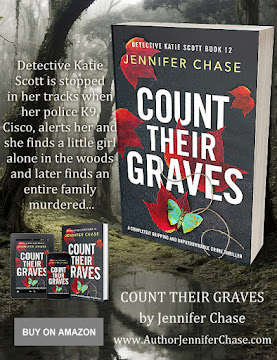































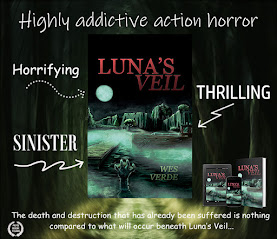

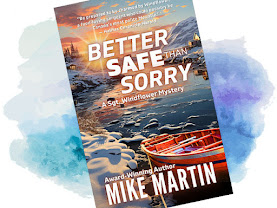




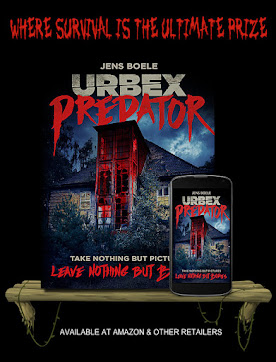









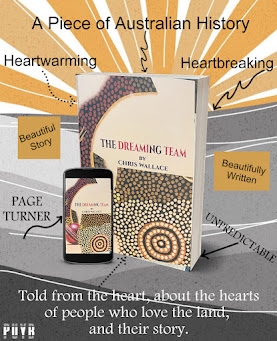




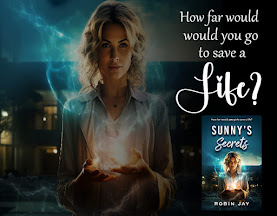

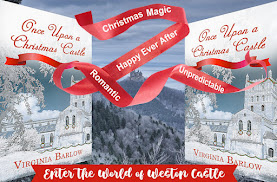






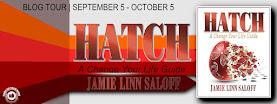

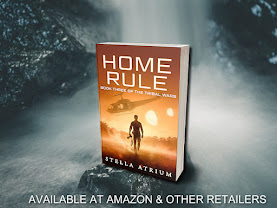

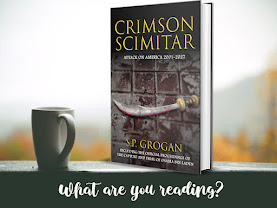


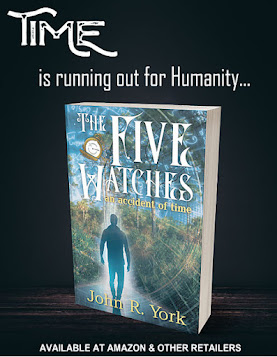

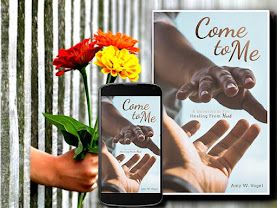



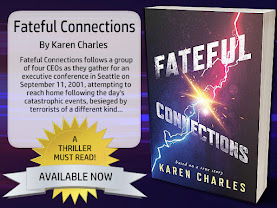


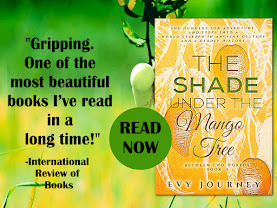







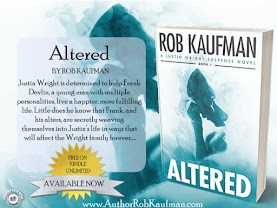
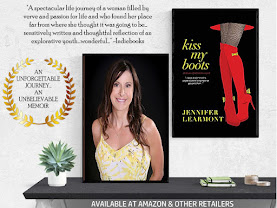
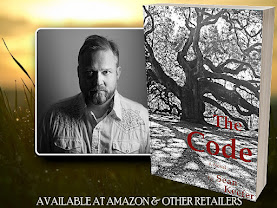



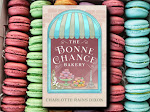
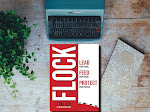


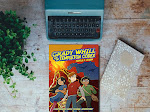


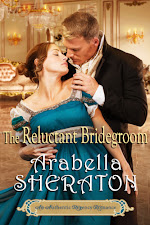


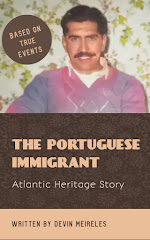

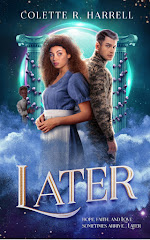
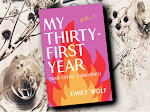
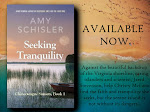


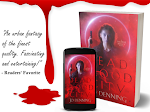


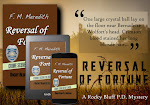

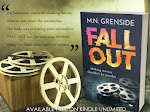


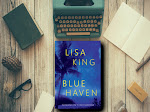




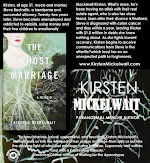

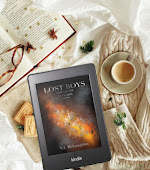


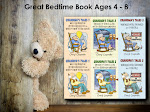

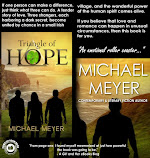
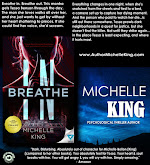
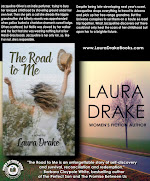


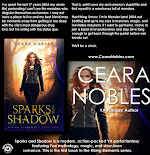
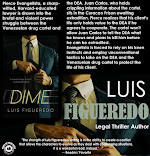

























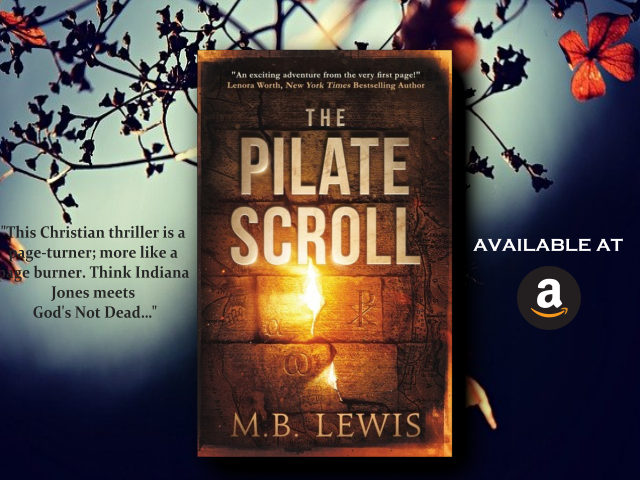













Leave a Comment